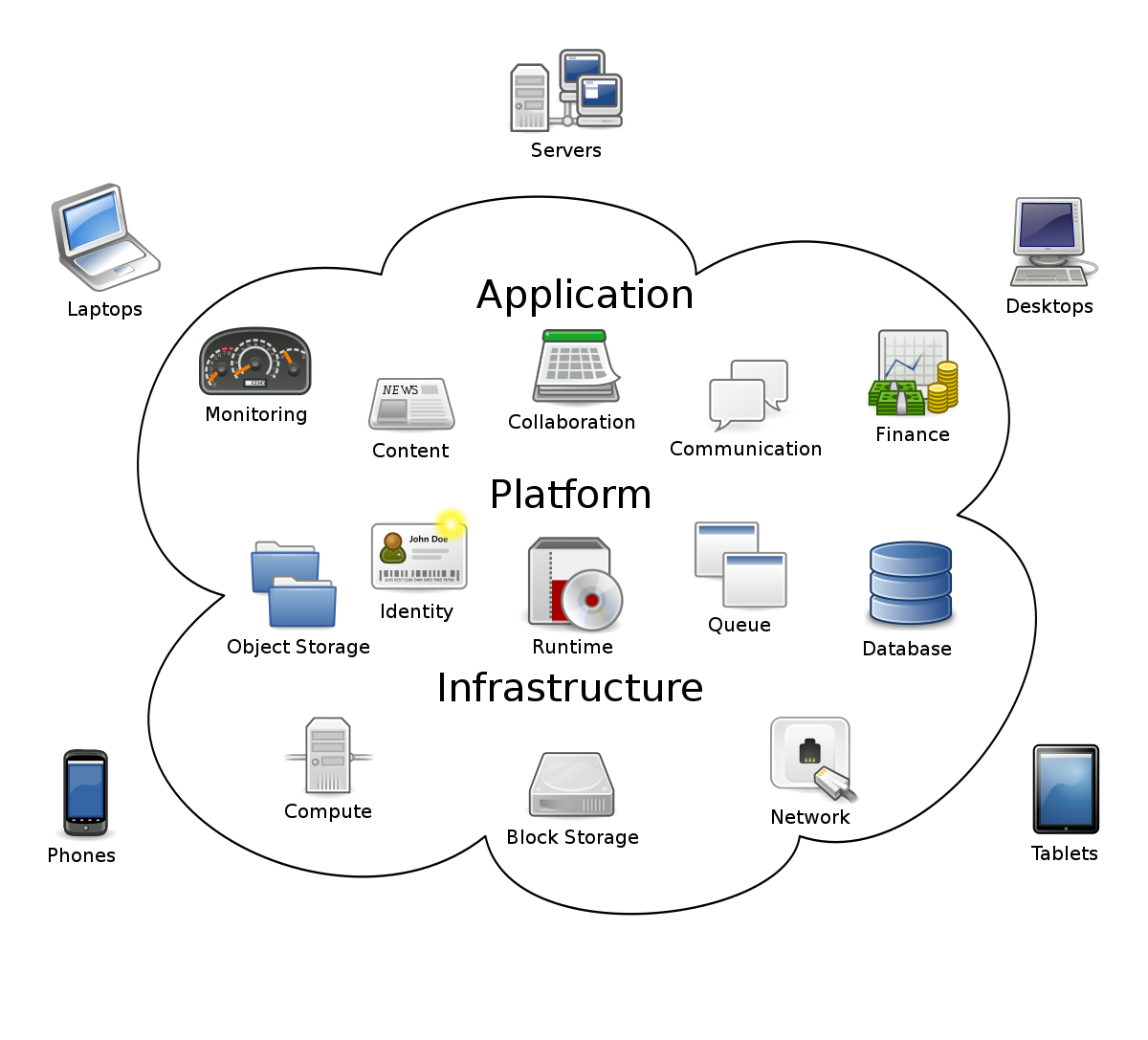



Cloud computing future trends : It has become one of the most in-demand trends for many companies around the world, thanks to its ability to store large amounts of Data and its security features. Some of the biggest risks that today’s companies face are digital attacks and most businesses that don’t rely on a cloud-based system are vulnerable to these threats.
Last year, market research firm IDC predicted that cloud computing spending in India could reach 2.9 billion dollars. The same report said while the growth will be moderate over the next five years, there is still a possibility of 33.9% in annual growth for the cloud computing industry. These are some of the trends we’ll see involving cloud computing in 2020:
Multiple providers are currently offering this type of cloud environment. Generally, cloud computing works with either a private cloud or a public cloud environment. As the name suggests, a hybrid cloud allows the link for any form of management or orchestration between the two environments and on-premise IT infrastructure. According to IBM, this will facilitate “flexibility and portability for applications and data”.
This trend has gained quick popularity this year and will continue to do so because of the increasingly high demand. In fact, a recent Gartner report revealed that 75 percent of companies will start using hybrid clouds this year. Not only does it offer more security to protect vulnerable data, but it also acts as a better economic solution for companies.
Edge computing is an IT process that improves the response time in cloud computing requests. It is used when users need to bring computation closer and data storage to the location where it’s needed. This has become an in-demand trend in the cloud computing industry. According to a recent report from FutureScape, 40 percent of companies will have spent more money on their IT asset edge locations by 2022. This will surely change the way businesses store data. Today there are more companies that prefer to use smaller Data centers and they’ll try to locate it closer to the place where data is being generated.
Hyper-scale data centers refer to systems that expand their capacity depending on the amount of data being generated. This architecture is able to grow and accommodate the demand for storage space. Hyper-scale data centers usually have 5,000 servers as a minimum, which are linked to an ultra-high-speed count network. This trend is very convenient for companies that generate a huge amount of data because the system will be able to support the impact of an increased amount of data. A recent report conducted by MarketsandMarkets revealed that the hyper-scale data markets could generate more than $80.65 billion by 2022. This could give you an idea of how popular this trend will continue to be.
Data breaches or digital attacks can bring about negative impacts on any company. The costs generated by these situations could also be huge. According to a recent report by IBM, the actual cost for a data breach could be around $3.92 million. The recovery time for this tragic situation is also slow depending on the company, so most organizations have looked for a way to protect themselves in case such an event takes place. This protection is called Disaster-Recovery-as-a-Service. This backup service model will make the recovery time shorter, in case of data breaches or digital attacks. Now, how can we tell this is a favored trend? A report run by IDC showed that the DRaaS market is projected to generate $4.5 this year alone.
Hyperconverged infrastructure is a simplified solution that combines all elements in a regular data center which are storage, networking, and computing. This orchestration is very convenient for companies because it makes it easier for them to monitor data in a centralized platform. This infrastructure is capable of reducing the costs that a traditional data center generates. According to a Mordor Intelligence research, the market for this solution is going to have a 13 percent compound annual growth rate between 2017 and 2024.
The main benefit that AI can offer to the cloud computing industry is that systems will be able to detect and solve problems before they happen. AI can also make systems work more efficiently when it comes to distributing data by learning from previous datasets. AI technology will automate many tasks in the cloud computing environment. This will happen in such a way that data centers that don’t implement AI properly or are not prepared for AI will not be economically viable, according to Gartner’s prediction.
Hybrid clouds will continue to be a huge trend in the cloud computing environment, and so will containers. Containers make it easier for companies to manage and simplify deployment in a hybrid cloud. There are several organizations that predict a good future for containers. According to Gartner, more than 70 percent of companies and organizations in the world will be using containerized applications this year. On the other hand, IDC research revealed that 95 percent of micro-services will be deployed in containers.
Hybrid clouds, hyper-converged infrastructure, and hyper-scale data centers are just some of the trends we’ll continue to see this year. There will be more technology trends to discover in the cloud computing environment. But one thing is sure, AI and data science will play a huge role in the dynamics of this industry. AI is already changing most aspects of the future of work and the cloud computing industry is no exception.